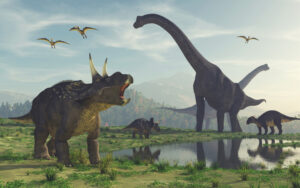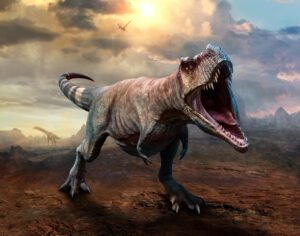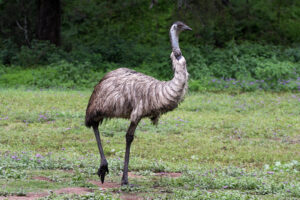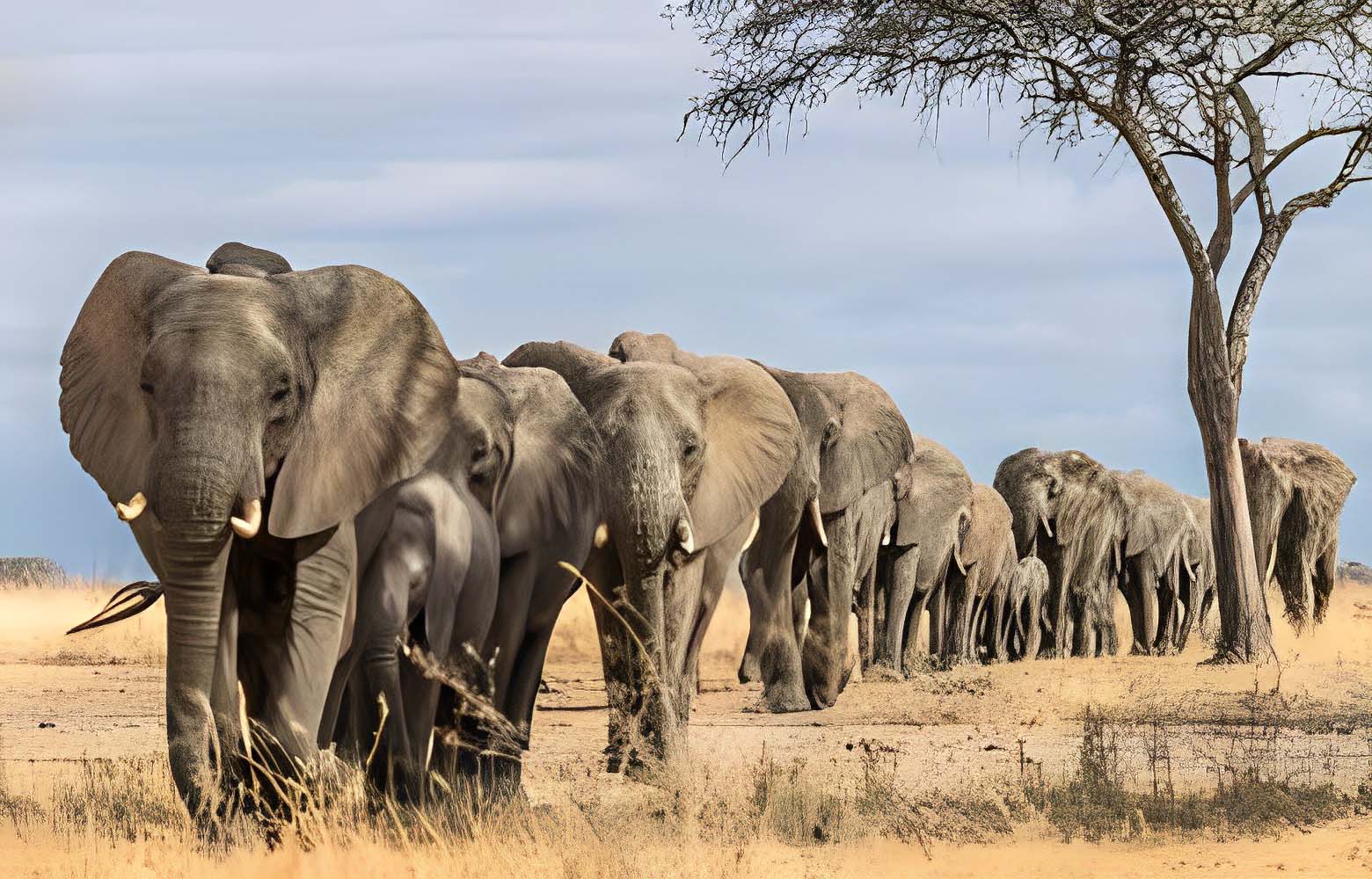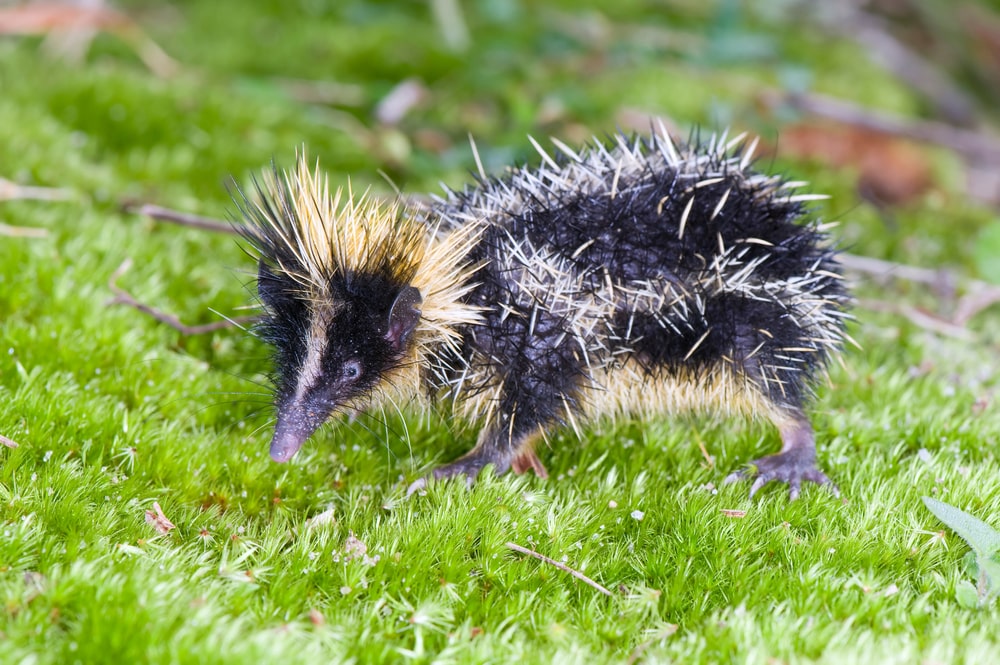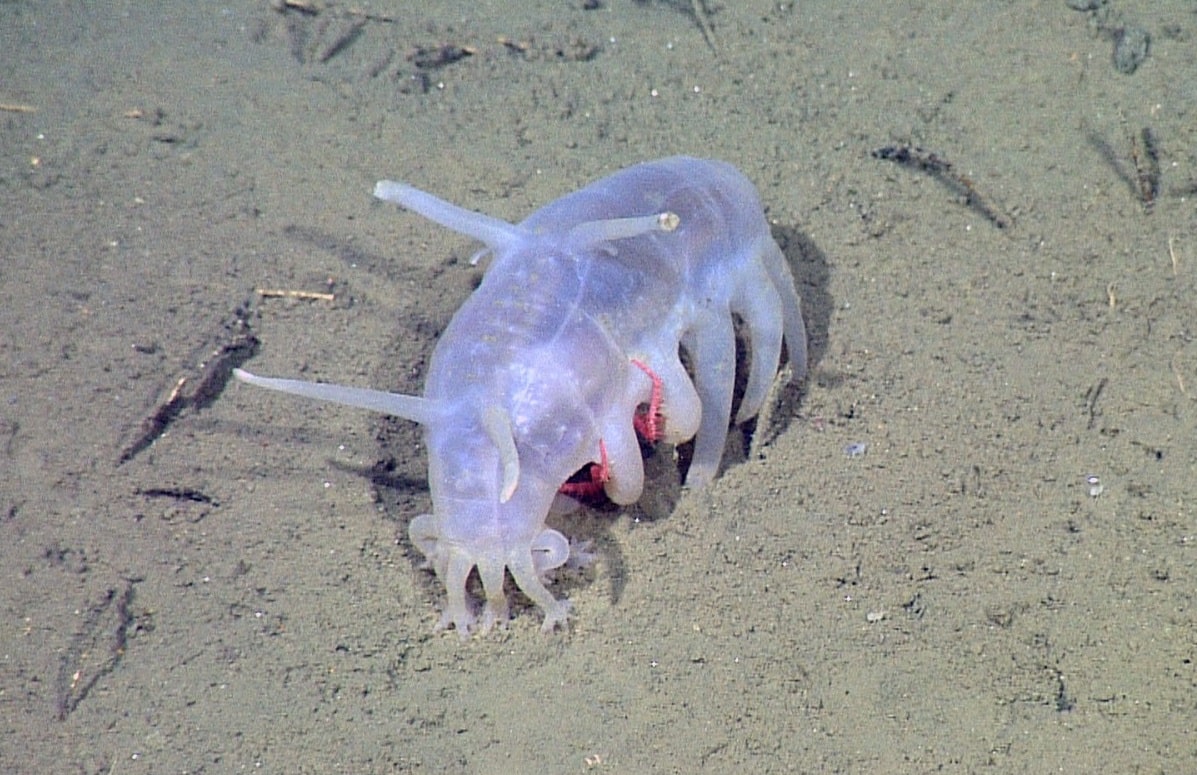What was the first Dinosaur? Emu bird, Old birds feathers
The baby animal displays a sleeping posture typical of birds another indication that the raptors were very similar indeed to present-day birds. Yeah, this is a wonderfully preserved fossil of a not quite adult true ton did and in a sleeping position. The poor little fellow was surprised in his sleep.
You see now we know without a doubt that it definitely was true tom did that left those tracks back home for Europe. This is in itself a significant find because there are hardly any true donned remains in Europe at all but Meilong’s European relatives would have been quite a bit larger.
What was the first dinosaur?
The last decade witnessed significant advances in our understanding of the origin of birth so now we can tell how dinosaurs evolved into birds we can tell like when the first feather appeared and I will fly to originate evolution from dinosaur to bird could be minutely observed at the Tianyu natural history museum south of Beijing. Here hundreds of petrified fossil imprints are exhibited their physiology skeletons claws and even plumage are well preserved.
Old birds feathers
Some of the ancestors of our present-day birds even had teeth. There are some typical flight feathers now large rigid feathers that we believe it functions in. You know also there they’re feathers like downier like we call down like feathers probably insulation maybe other functions. So, you see uh dance already have different types of feathers on their body those spaces provide very strong evidence.
Suggest factory the lag of feathery food is a primitive condition for this for the group of at least for the period it makes it all so much more tangible more colorful more varied. There’s more life to it now than there was uh before we’ve been dramatically confronted with the indications we were looking for it’s as good as you get it’s precisely.
The confirmation we were hoping for we got it right here jumped up and hit us in the eyes so speculation has become certainty the north German raptors really were feathered and that’s not all the scientists have found out from the remnants and the fossils. They have reconstructed the size of the raptors, they were up to nine feet long and about four foot six in height.
They weighed between 60 and 80 pounds and they were skillful predators. They probably communicated vocally their cries may have resembled the calling of ravens like birds. The raptor’s large eyes gave them a three-dimensional vision that was probably a major asset for hunting purposes only one thing distinguished them from present-day birds.
They couldn’t fly but how can the scientists reconstruct the motions and the speed of the raptors to validate their new insights. They fall back on an old trick widely used in paleobiology they compare the predatory dinosaurs with a similar animal that still exists today, the emu. So here’s the skin right here’s the enclosure.
Let’s take a closer look it wasn’t really smooth enough there are still a few little bumps in it you have to roll around a bit first yeah right yuck right to a big fat turd you have to dig yourself right in to move along this strip of sand, leave their footprints and then we can see the similarities like the raptors emus can’t fly experiment.
Experiments like this with living creatures get us closest to the most probable solution detective work try and get as near as you can to what actually happened. The quality of the soil has a decisive impact on the tracks. The birds leave wet sand is the only medium that gives a really precise footprint come on you can do it don’t pussyfoot around come on oh actually that wasn’t curly.
He’s the big favorite it was the other one we have to give him a name as well the results are quite respectable. Actually no it’s really good it’s excellent it’s perfect yeah yeah really good in dry sand the print is much broader in wet sand. It’s a lot clearer and better defined if the bird is moving quickly you see more of the claws than of the toes themselves.
You get different imprints with animals crossing different substrates at different speeds and then you realize that when you’re looking at fossil dinosaur footprints. You really always need more than five or six if you really want to draw conclusions from a set of tracks.
Emu bird
The emu prints are indeed similar to those of the raptors from their investigations the scientists have calculated that the dinosaurs could move at anything up to 30 miles an hour like emus but there are obvious differences as well as what we see here is that emu’s feet really are quite fleshy. There’s plenty of tissue on the undersides of the feet.
The dino’s feet were probably either less meaty or we’ve been underestimating just how agile those animals really were. The observations we’ve collected by looking at the emus help us to understand better how those dino tracks turned out the way. They did it helps to make our understanding that much better for even more precise motion studies.
They use a special camera that takes several hundred pictures per second. This will help to create a three-dimensional view of the raptors then there is data from the emu experiment and the analysis of the petrified tracks gradually a graphic picture emerges of the way. The raptors moved oh those high-speed shots you brought us to give us a really good idea of the way.
The toes come together I’ve added that to the animation they only spread out again when the foot hits the ground giving the animal support and stopping it from falling over but there’s one essential difference in motion, the raptors raised their second toe. The razor-sharp sickle claw to stop the dangerous weapon from getting blunted.
It was more or less parallel to this middle toe when it raised its foot the claw really went back quite some way. The mobility potential was extreme this deadly weapon got lost in the course of evolution in the emu.
